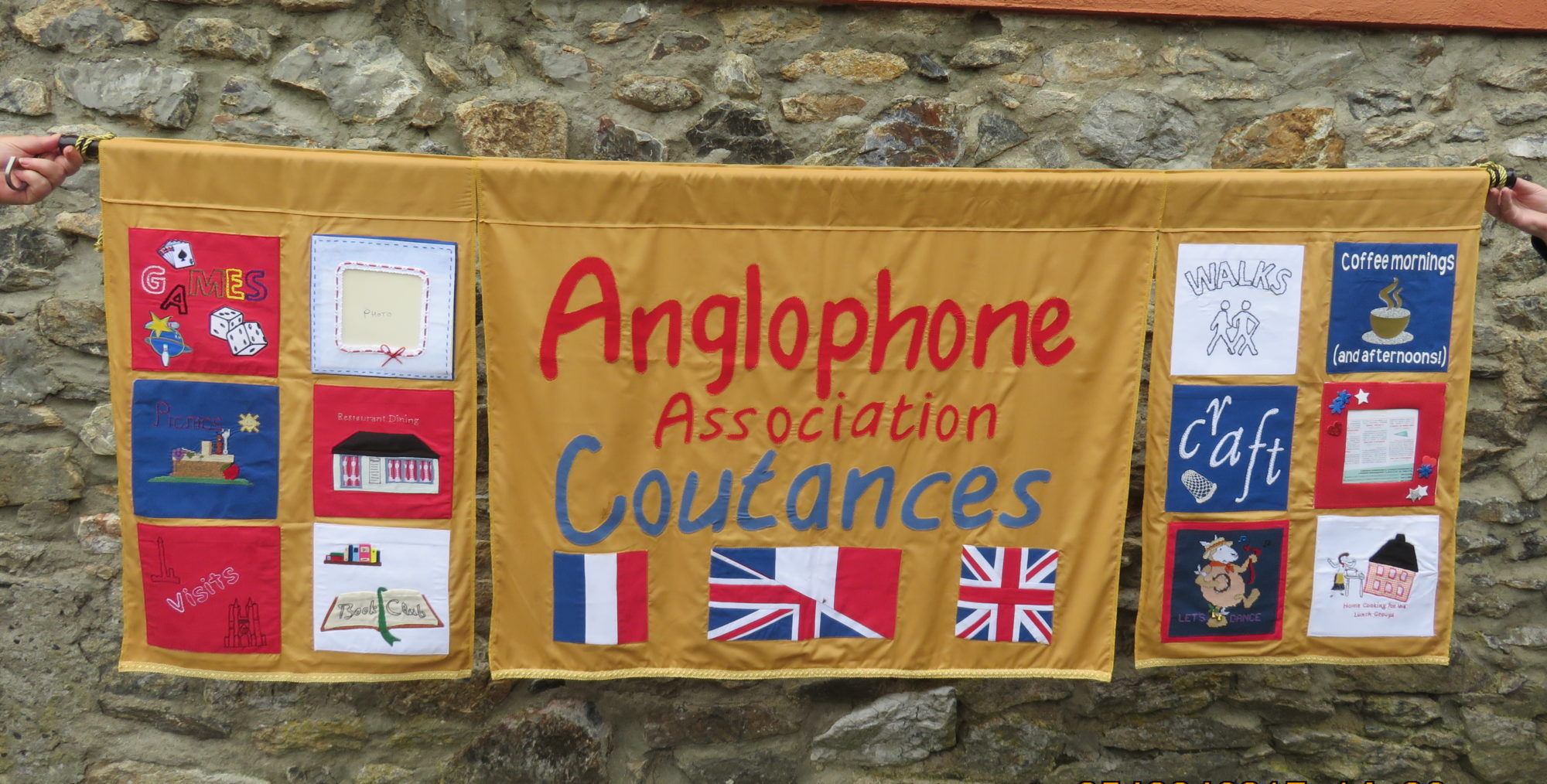Our second guided walk of 2021 was with Simon Tasset, this time discovering the town of Saint Lô. We met in the large square in front of the Mairie and then, after accessing the north rampart walls, began our tour of the largest walled town in Manche which is built on a promontory dominating this stretch of the Vire valley. We followed the walls to the western end of the old town enjoying high vantage points over the town beneath the walls, the Vire river and views towards Agneaux.
Some 97% of Saint Lô was destroyed by bombing in 1944 and the architectural style of the town now reflects the overriding urgency and construction methods employed to rebuild the town as quickly as possible after the War.
Some 2000 years ago the area around Saint Lo was the home territory of the Unelles tribe prior to the Roman occupation. Moving on a few hundred years after the Romans leave we see Vikings appearing up the Vire river in about 898 AD and laying siege and razing the town. The Vire river became a route to the Channel and to England. Saint Lô was besieged by the English during the Hundred Years War following their landing at Saint-Vaast-la-Hougue in 1346. Saint Lô also suffered during the protestant catholic Religious Wars.
As Saint Lô developed in the Middle Ages the various trades and crafts settled along the banks of the two tributaries of the Vire which flowed to the north and south of the walled town. There was a 16th Century adage that said if you wanted a good knife then you must buy one at Saint Lô. Weaving was also a predominant industry.
Following the French Revolution, Napoleon chose Saint Lô to be the location for the Prefecture of the new Manche Departement. Napoleon also developed Cherbourg as a defended harbour which led to the decline in the trading influence of Saint Lô but later its prosperity and influence subsequently returned as a result of its new civil administration role.
